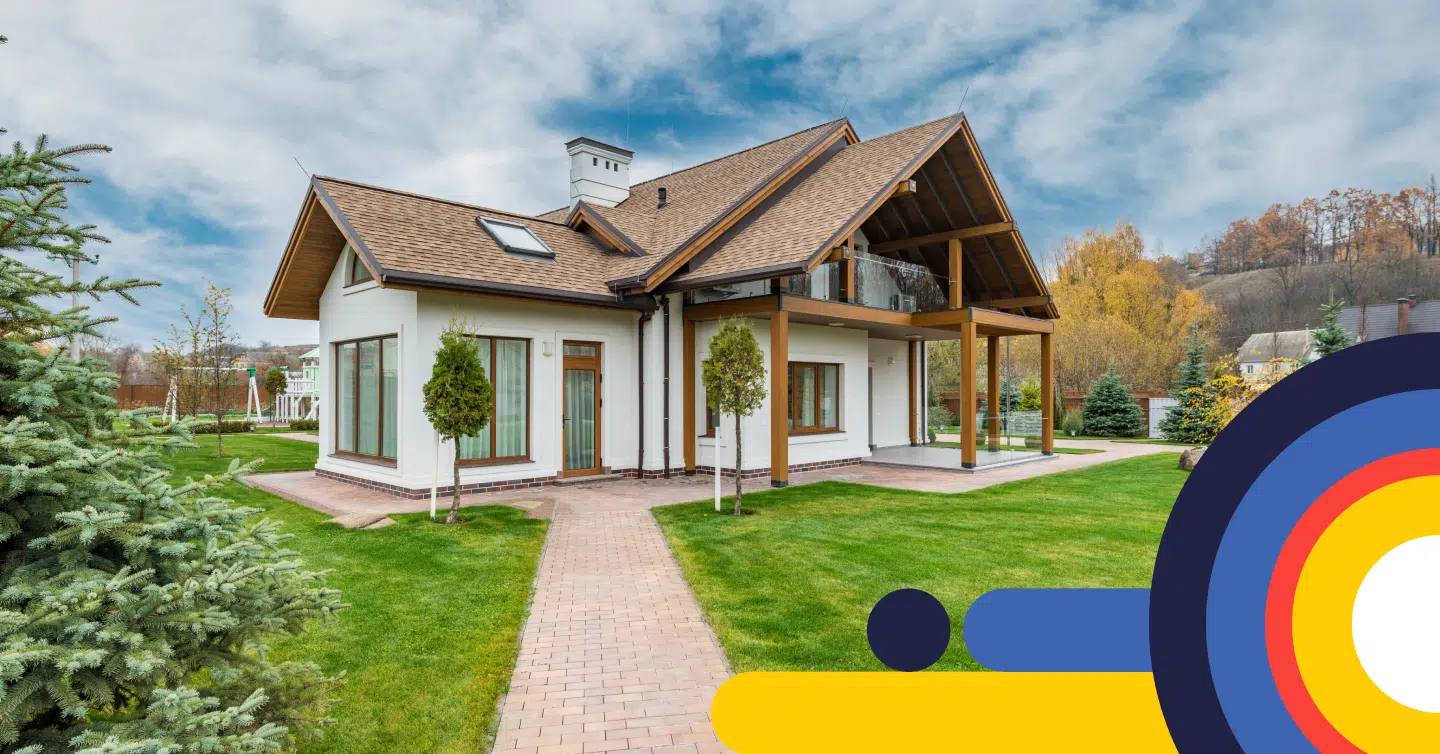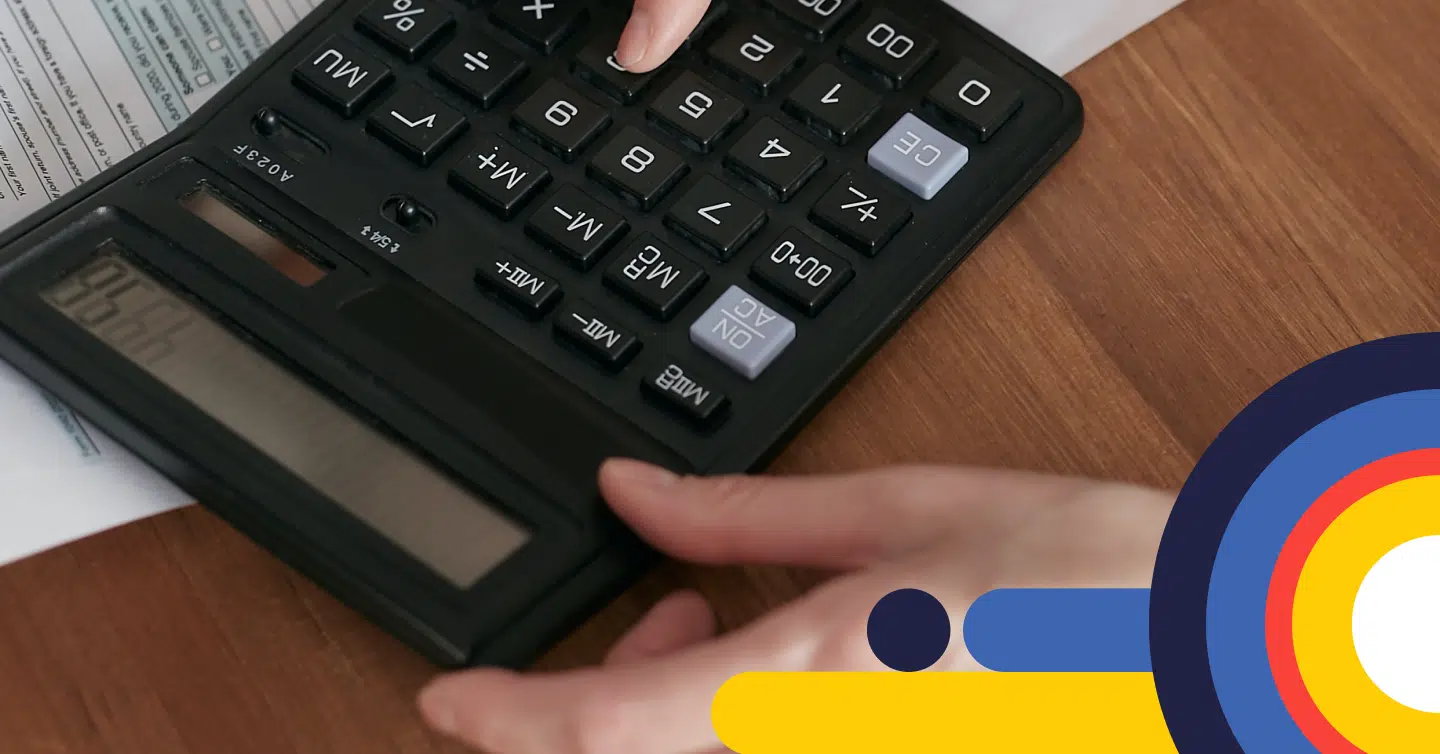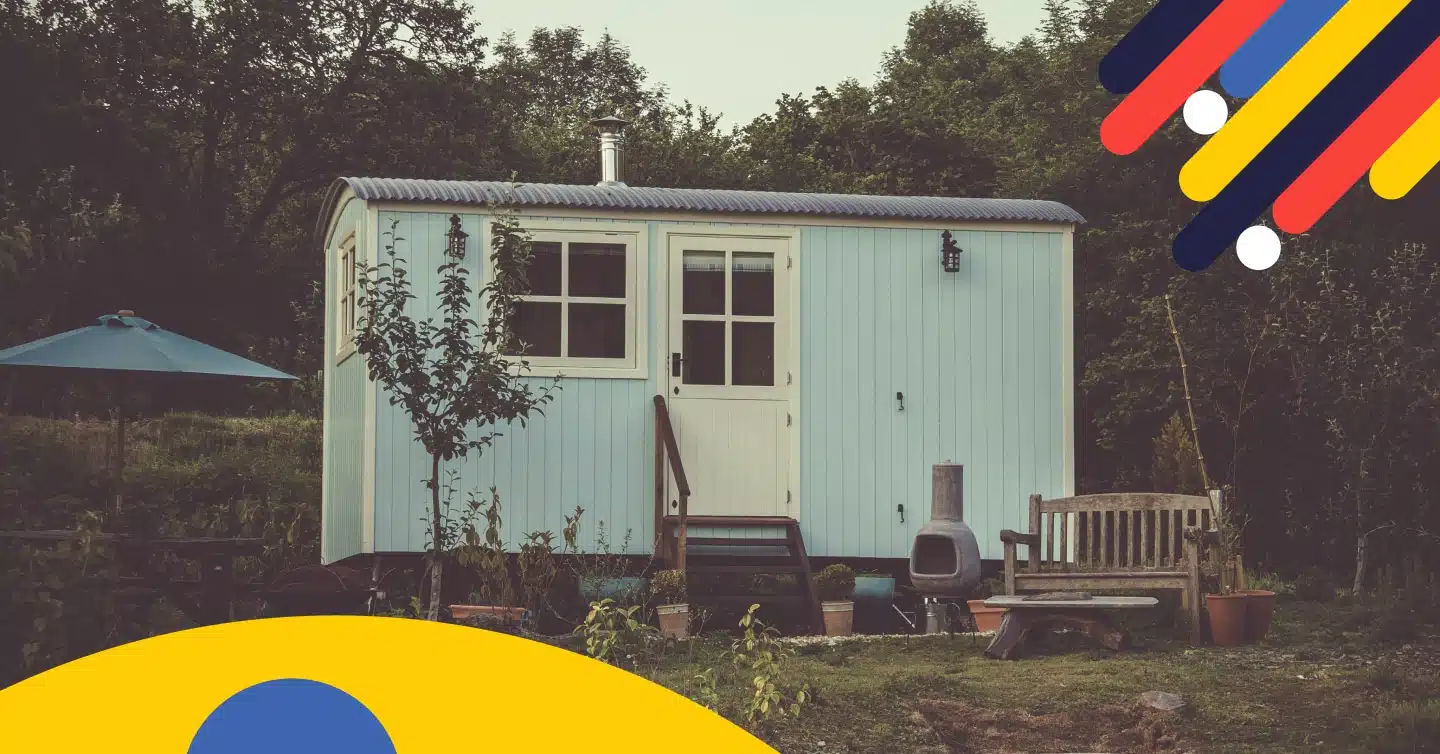Sustainable Home Improvements That Could Cut Your Costs

Looking for ways to cut your monthly bills while making your home more efficient? Sustainable home improvements offer real savings over time, and they might be easier to finance than you think.
Whether you’re planning a renovation, thinking about refinancing, or just want to future-proof your home, upgrading with energy efficiency in mind can help reduce your long-term homeownership costs. Some of the most practical cost-cutting upgrades have rebates available and can even increase the value of your home.
Key Takeaways
- Energy-efficient upgrades can significantly reduce heating, cooling, and electricity costs over time.
- Many sustainable improvements qualify for federal and provincial rebates or green financing.
- Some upgrades can improve mortgage affordability by increasing home equity or unlocking better terms.
Why Sustainable Home Improvements Matter for Your Budget
The cost of homeownership doesn’t stop at your mortgage. Utility bills, maintenance, and heating or cooling can add hundreds to your monthly expenses. That’s where smart, sustainable upgrades come in.
By reducing how much energy your home consumes, you not only save money each month, but also protect yourself against rising costs. Even better, many of these improvements can be financed affordably through rebates, green loans, or built right into your mortgage.
Available Rebates, Incentives, and Financing
Making your home more energy efficient doesn’t have to strain your budget. Across Canada, several programs are designed to help homeowners offset the upfront costs of sustainable upgrades. The federal government, through initiatives like the Canada Greener Homes program, offers grants and interest-free loans to support everything from insulation to heat pumps. Many provinces and municipalities also offer incentives, so it’s worth checking what’s available in your area before starting any upgrades.
Oil to Heat Pump Affordability Program
If you’re a homeowner currently heating your home with oil, the Oil to Heat Pump Affordability (OHPA) program can help you transition to an eligible electric heat pump system. Switching from oil to electric can help you save thousands on heating bills and reduce greenhouse gas emissions.
To be eligible for up to $10,000 upfront to help make the switch, you must be a Canadian homeowner, heat your home with oil, have a household income at or below the median household after-tax income, and meet all other eligibility criteria. Some provinces and territories also offer additional grants and incentive payments for making the switch.
Canada Greener Homes Grant
To manage the remaining funds in this program, the Canada Greener Homes Grant has set a deadline of December 31st, 2025, for homeowners to request a grant. Depending on the province or territory where you reside, you may be eligible to receive between $125 and $5,000 to recoup a portion of your costs from eligible home retrofits and up to $600 toward the total costs of pre- and post-retrofit EnerGuide evaluations.
Canada Greener Homes Loan
The Canada Greener Homes Loan provides interest-free financing for Canadians to undertake major home retrofits that make their homes more energy efficient. The loan can be used to finance eligible retrofits for work that has not been started and is recommended by an energy advisor.
This unsecured personal loan is interest-free for 10 years and provides a minimum of $5,000 up to a maximum of $40,000, calculated based on the retrofits selected and the quotes for work. Once approved, a portion of the loan can be provided up front to assist in paying for deposits required. The remainder is provided once retrofits have been completed and verified through a post-retrofit evaluation.
Coming Soon: Greener Homes Affordability Program
The Canada Greener Homes Affordability Program (CGHAP) will provide low to median-income homeowners and tenants with no-cost retrofits. This program will be delivered through select third-party organizations and will include retrofits such as insulation and heat pumps.
Sustainable Home Improvements
Whether you qualify for rebates or incentives to retrofit your home or are investing your own money, some upgrades will provide more immediate and significant savings over others. If you’re looking to reduce your monthly expenses and get the most out of every renovation dollar, focusing on upgrades that improve energy efficiency can significantly reduce your utility bills.
Switching to LED Lighting and Smart Home Systems
Sometimes the smallest changes can lead to significant savings. Swapping old incandescent lightbulbs for LEDs can make your lighting up to 90% more efficient, and they can last up to 15 times longer.
Smart thermostats let you optimize energy use by automatically adjusting to your habits and preferences. These devices cost relatively little and can make a noticeable difference over time.
Upgrade to Energy-Efficient Appliances
If you have older appliances, replacing them with newer Energy Star models can noticeably lower your electricity use. These appliances are designed to use less energy without sacrificing performance.
According to Natural Resources Canada, the average set of major appliances (refrigerator, freezer, dishwasher, electric range, washer and dryer) consumed approximately 2,299 kilowatt hours per year in 2020. This is almost half as much as a set from 2000 consumed.
Water Conservation Upgrades
Low-flow toilets, faucets and shower heads can help reduce water use, which lowers your water bill, cuts water waste, and eases pressure on water systems. Some of these are affordable upgrades that can be tackled during regular maintenance or with larger-scale bathroom renovations.
Solar Panels and Renewable Energy Options
Solar power remains an upgrade that requires a larger investment, but the long-term savings and environmental impact can be substantial. In provinces with net metering, homeowners can offset electricity costs or even sell excess energy back to the grid. Some provinces and cities offer financing or incentives to help homeowners cover the cost of investing in eligible solar and renewable energy upgrades.
Install High-Efficiency Heat Pumps or Furnaces
Heat pumps offer both heating and cooling and are much more efficient than other systems. They run on electricity and can significantly reduce reliance on oil or gas. According to Natural Resources Canada, switching to a heat pump could save a homeowner between $1,500 to $4,700 per year in energy costs, depending on your region and existing system.
Replacing Old Windows and Doors
Windows and doors can account for up to 25% of energy lost in your home, making them a significant source of energy loss. Replacing them with newer energy-efficient triple pane windows and well-sealed doors helps reduce air leakage, prevent drafts and maintain comfortable indoor temperatures.
Upgrade Insulation
One of the most effective ways to lower your energy bill is by keeping heated or cooled air where it belongs, inside. Many older Canadian homes have inadequate insulation, especially in attics or basements. Basements can account for around 25% of a home’s heat loss, while walls can account for around 20%. The return on investment with these upgrades is often quickly realized, especially in colder climates.
How to Prioritize Upgrades Based on Budget and Impact
It’s easy to get overwhelmed when planning home upgrades, especially if you’re working on a budget. The key is to focus on improvements that deliver the most value, both in energy savings and in long-term comfort. Start with a home energy audit to pinpoint where your home is losing energy. These audits are often covered or subsidized through rebate programs and provide a clear roadmap for where to begin.
From there, prioritize lower-cost, high-impact upgrades first. If eligible, focus on those that have rebates or incentives available to reduce costs. Once those are in place, you can plan for larger projects that may not qualify for grants, rebates or incentives.
Spacing out your upgrades based on the available incentives, your current affordability, and what can be tackled later during a mortgage refinance gives you flexibility while still working toward maximizing your long-term savings.
When Sustainable Upgrades Fit Into a Mortgage Strategy
If you’re buying a home that needs upgrades, you may be able to add renovation costs to your mortgage through programs like Purchase Plus Improvements (PPI). If you already own a home that needs upgrades, refinancing your existing mortgage if you have equity available can also free up funds that can be used to make energy-efficient updates.
Frequently Asked Questions (FAQ) About Lowering Your Homeownership Costs Through Sustainable Home Improvements
Can I include sustainable renovations in my mortgage?
If you’re buying a home, you may be able to finance upgrades immediately after purchase and include the amount in your mortgage. If you own your home, you may be able to refinance your mortgage and leverage the equity to finance sustainable upgrades.
Do energy-efficient upgrades increase property value?
Homes with modern, efficient systems and lower operating costs often sell for more and faster than homes that require upgrades. They’re also more attractive to buyers looking to avoid renovation headaches and who want a move-in-ready home.
How can I finance major sustainable upgrades if I don’t have the savings?
You can explore options like the Canada Greener Homes Loan, sustainable loan programs in your province or territory, or a mortgage refinance that taps into your home equity if you don’t have the savings but still want to make sustainable upgrades.
Final Thoughts
Sustainable home improvements don’t just help the environment; they help you save on utility costs. From insulation to smart tech to solar, the right upgrades can lower your bills, increase your comfort, and set you up for long-term savings. With today’s rebates and green financing options, making these changes has never been more within reach.
If you’re wondering how to make these upgrades fit into your mortgage strategy, connect with a nesto mortgage expert. Whether you’re refinancing, buying a home, or just planning ahead, our mortgage professionals can help you choose the right path for your budget and long-term goals.
Why Choose nesto
At nesto, our commission-free mortgage experts, certified in multiple provinces, provide exceptional advice and service that exceeds industry standards. Our mortgage experts are salaried employees who provide impartial guidance on mortgage options tailored to your needs and are evaluated based on client satisfaction and the quality of their advice. nesto aims to transform the mortgage industry by providing honest advice and competitive rates through a 100% digital, transparent, and seamless process.
nesto is on a mission to offer a positive, empowering and transparent property financing experience – simplified from start to finish.
Contact our licensed and knowledgeable mortgage experts to find your best mortgage rate in Canada.
Ready to get started?
In just a few clicks, you can see our current rates. Then apply for your mortgage online in minutes!



